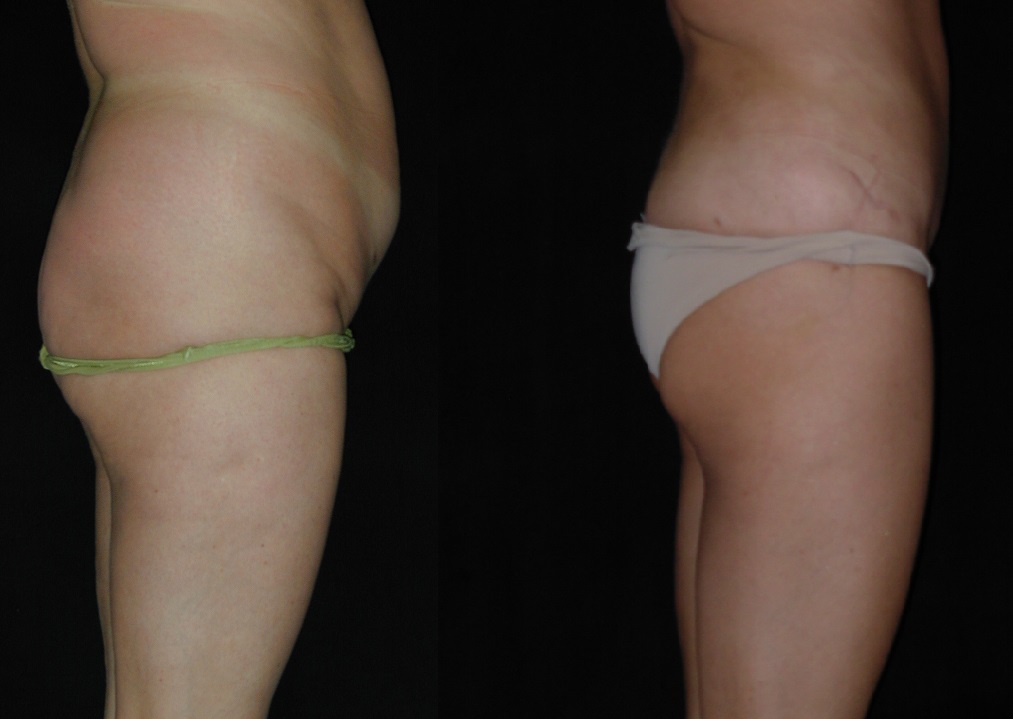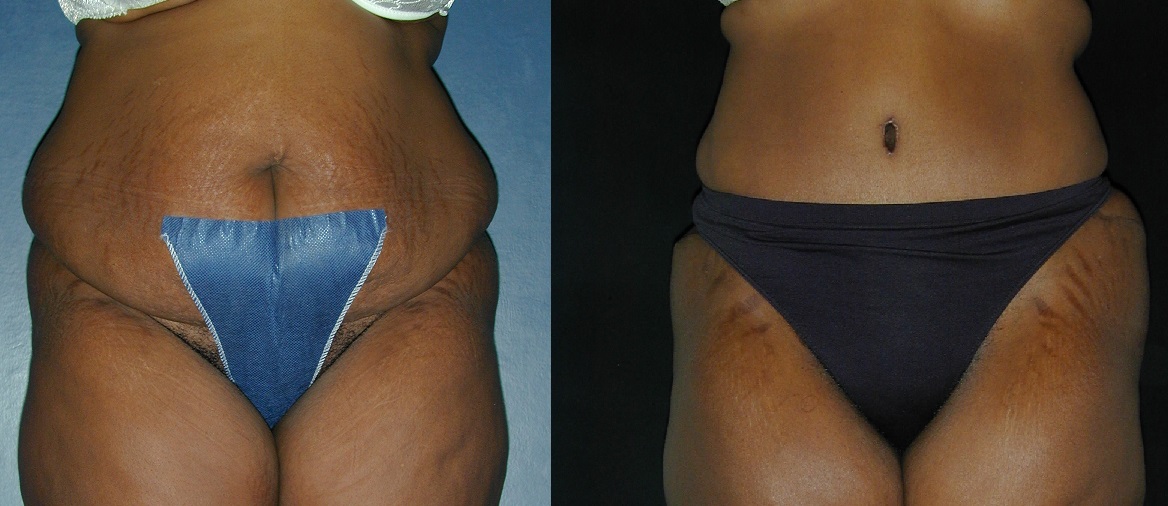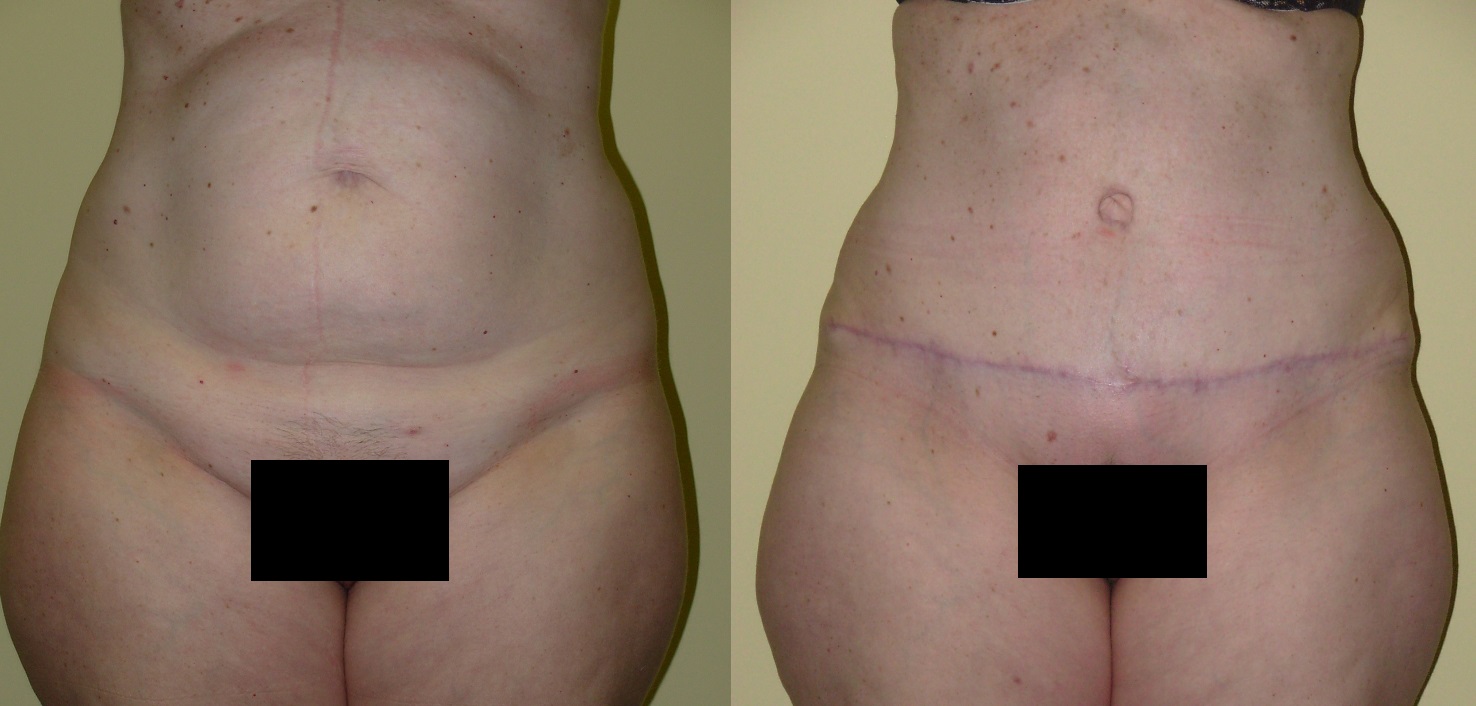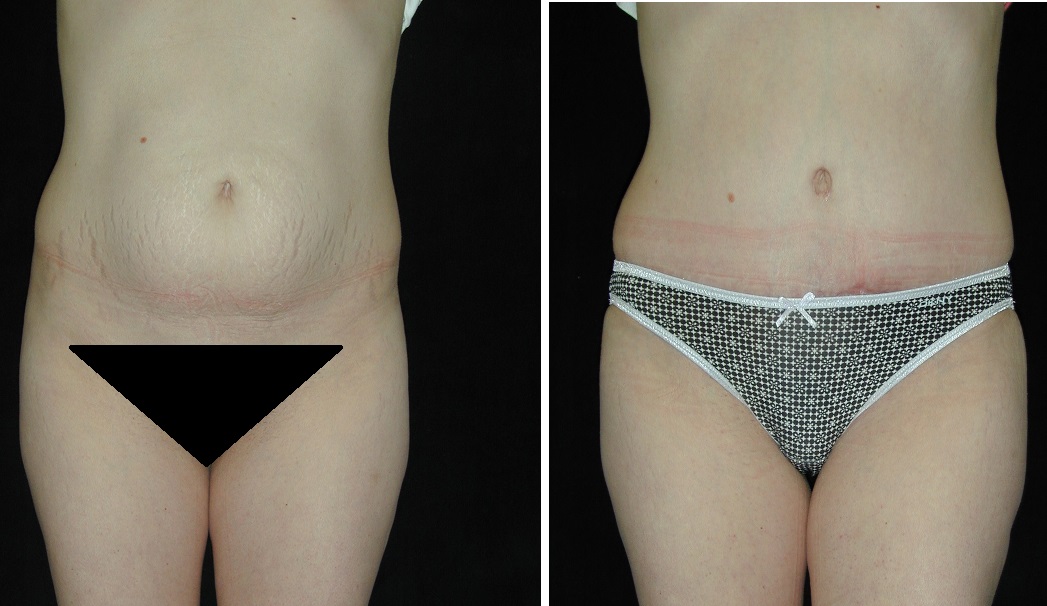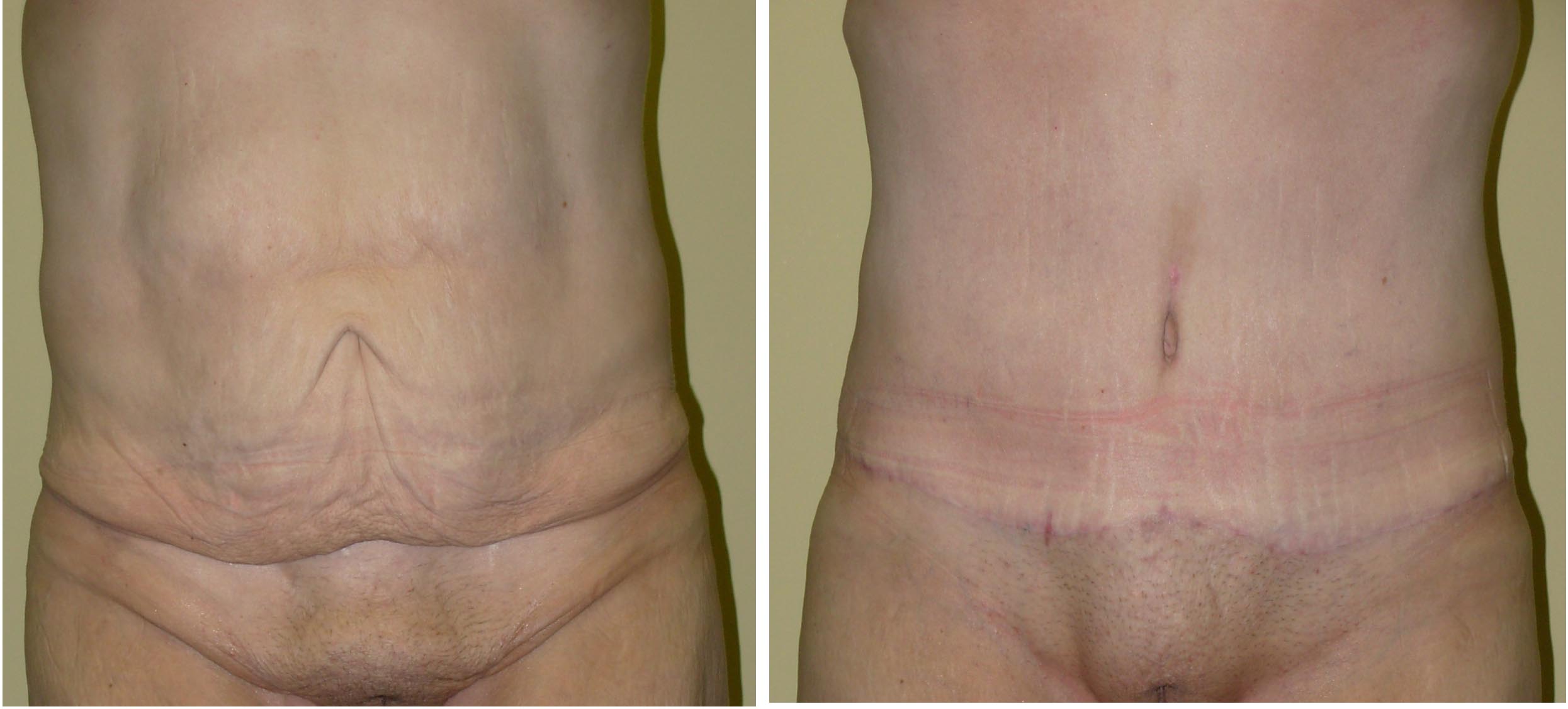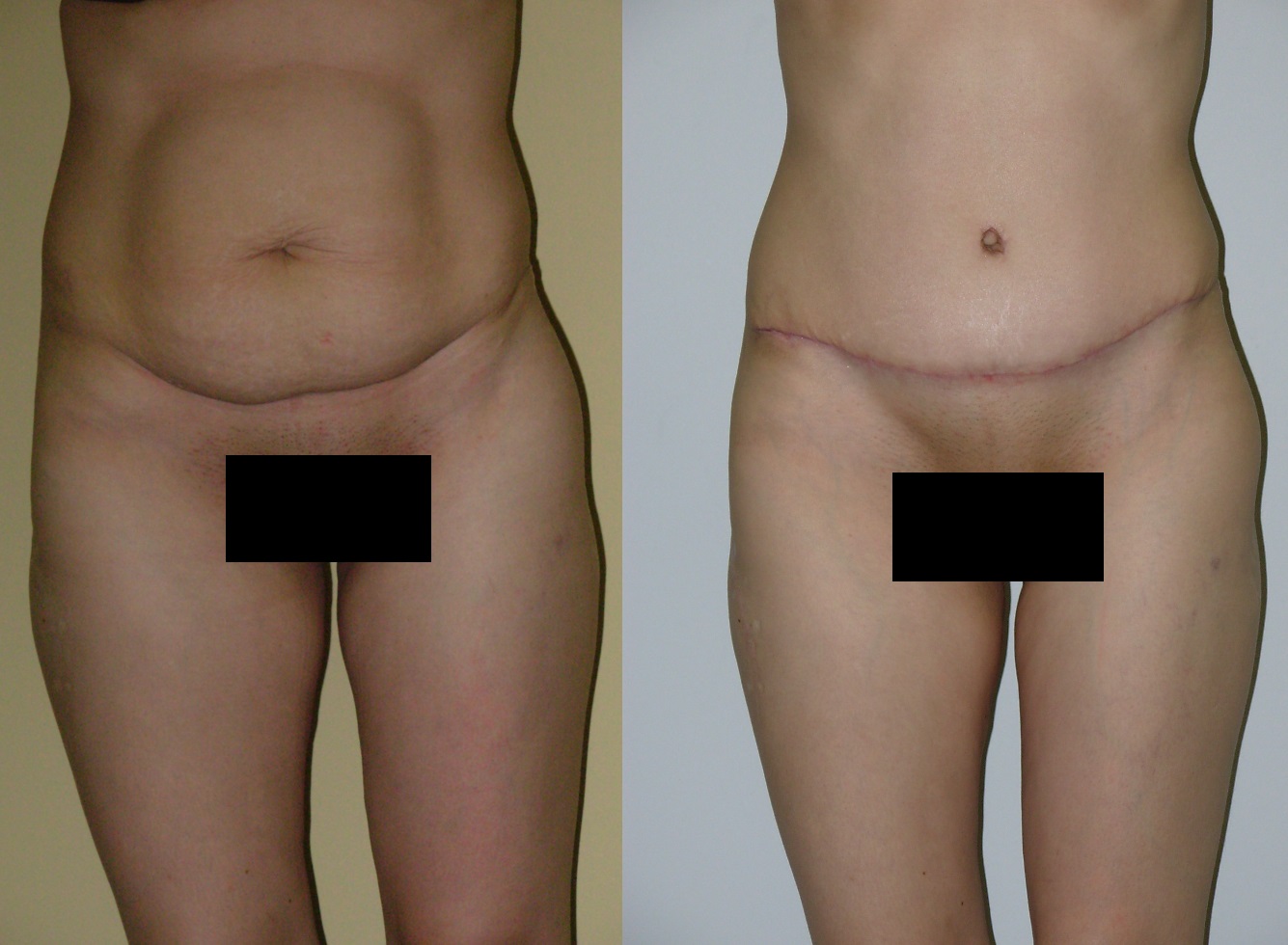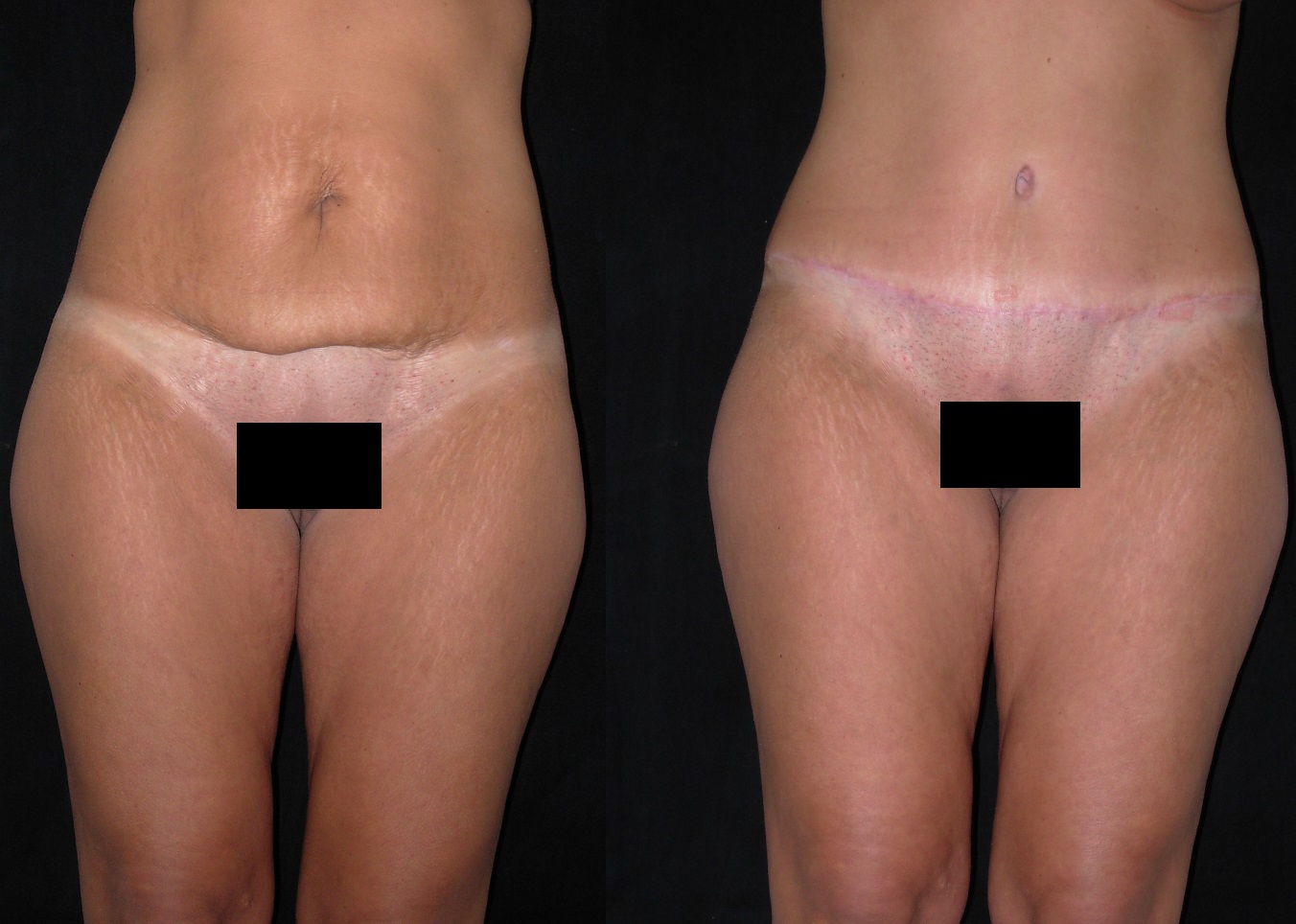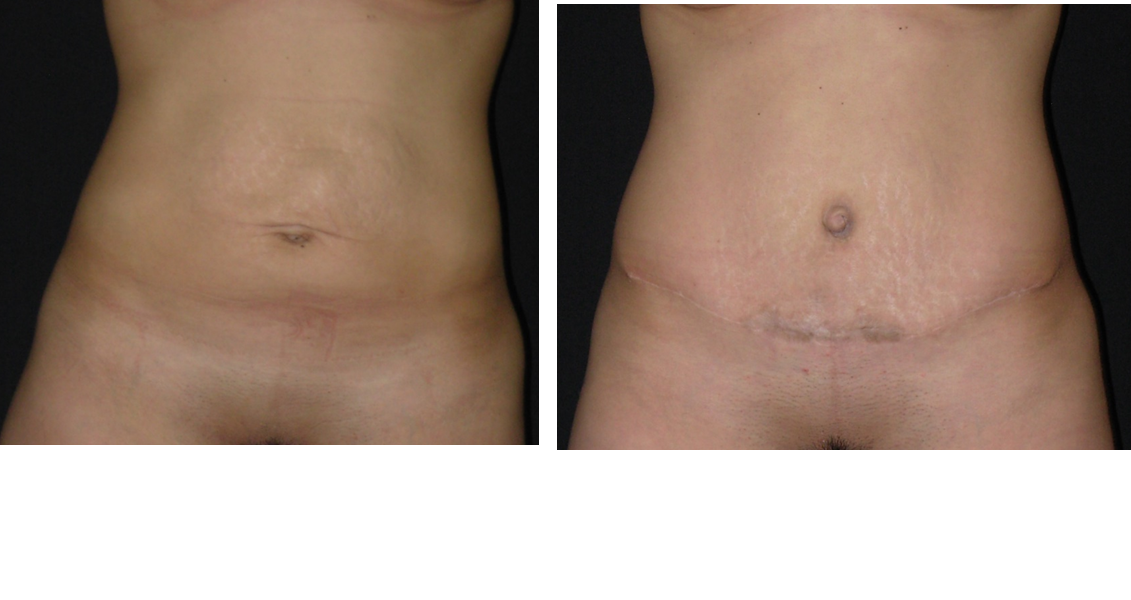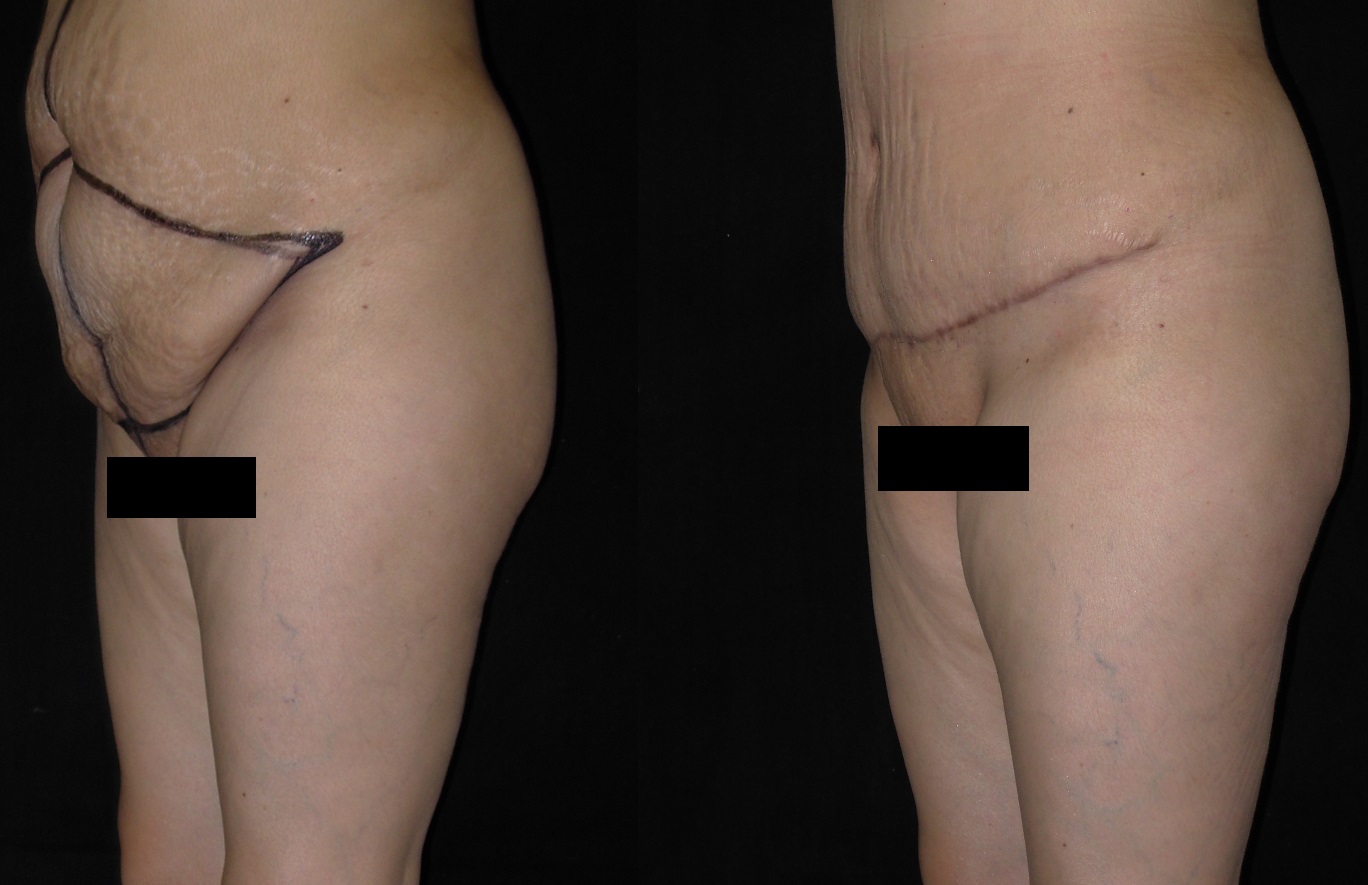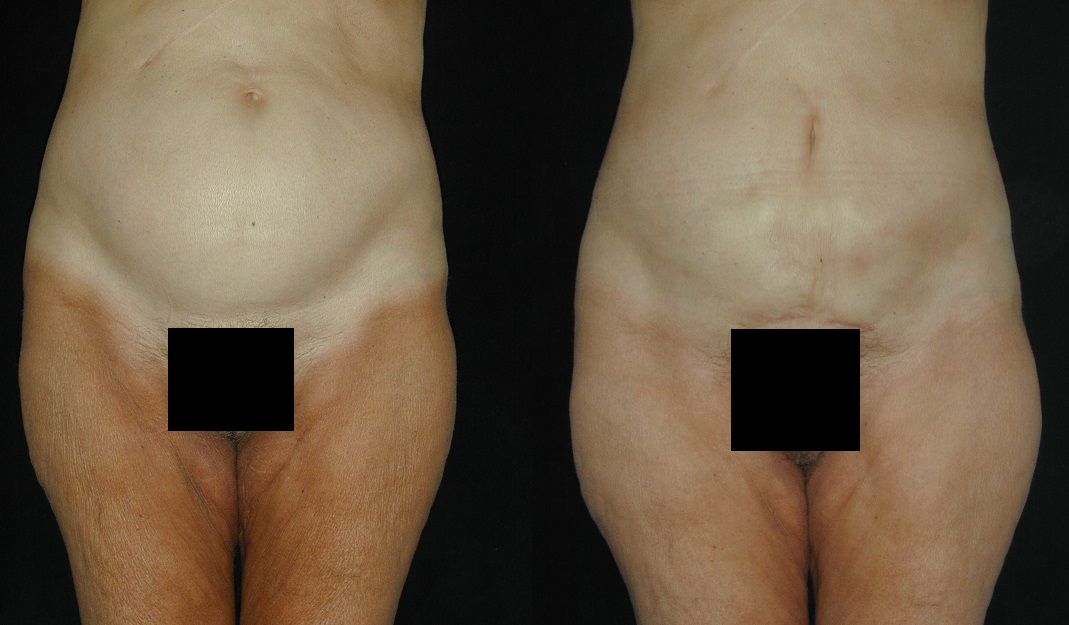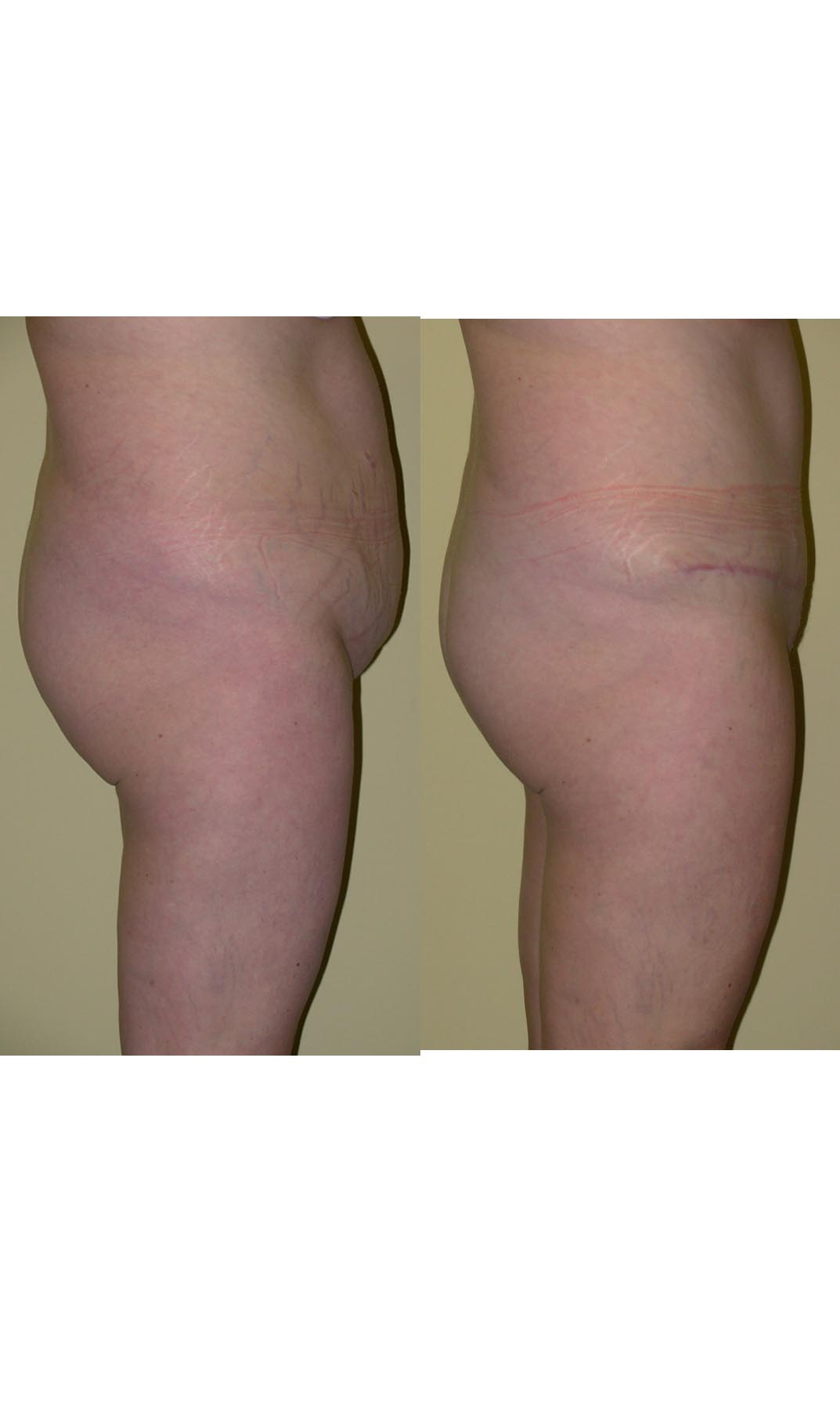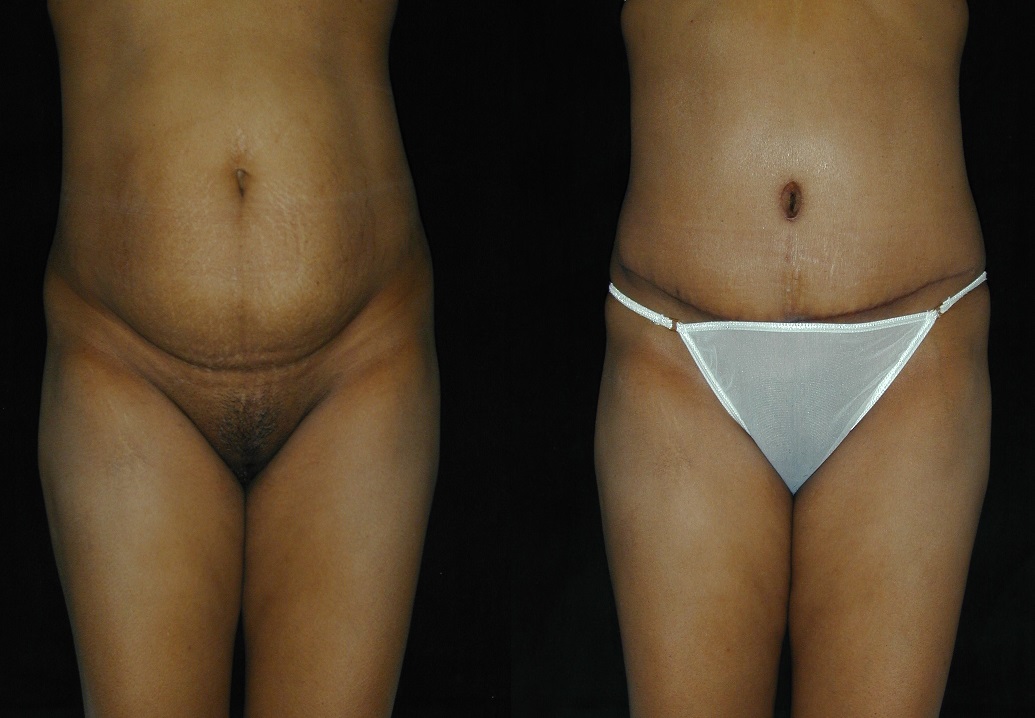What is Abdominoplasty?
Women and men who have loose, wrinkly belly (abdominal) skin and a stretched out belly wall can benefit from abdominoplasty, known as tummy tuck. These conditions typically result from significant weight loss or pregnancy. Abdominoplasty can tighten the belly wall, tighten muscles that have been separated and weakened and remove unwanted hanging, wrinkly excess abdominal skin yielding a flatter abdominal contour without hanging, loose belly skin.
Who is a candidate?
A candidate for abdominoplasty will typically have excess wrinkly or hanging abdominal skin in the possible presence of a weakened belly wall that protrudes.
Abdominoplasty should be performed after weight loss and when there are no plans for more planned pregnancies. If you become pregnant in the future, the pregnancy can potentially compromise the aesthetic results from the abdominoplasty.
Consulting with Dr. Mezrow:
During the consultation, Dr. Mezrow will ask you about your particular concerns regarding your abdomen. This will help determine your expectations and determine whether they can be realistically achieved.
After obtaining a comprehensive medical and surgical history, Dr. Mezrow will assess your abdomen for skin tone, degree of loose skin, presence of hernias and abdominal wall muscle tone. Dr. Mezrow may caution you or recommend you not have abdominoplasty because of prior abdominal scarring that can potentially cause skin loss and or healing problems.
Check out Before and After photos of our clients
How is the procedure done/Where will I have Scars?
Typically, a horizontal incision is placed just above the pubic area that extends toward each hip. The length of the incision will be determined by the amount of skin to be removed. The design of the incision will vary by the style of bathing suit or underwear that you prefer in a manner to try to keep the incision within your bathing suit and underwear lines, but this may not always be possible.
In addition, there is typically an incision around the belly button (navel). Some patients may be a candidates for mini-abdominoplasty in which there is no incision around the belly button.
After making the incisions as previously described, the skin is elevated, the loose and or separated belly muscles are tightened with suture followed by removal of excess loose, wrinkly, hanging abdominal skin. A new opening is made for the naval and it is sutured in place, so its position remains relatively unchanged.
At the time of surgery, temporary drains are typically placed under the skin for removal of a serum like fluid (seroma) that may accumulate under the skin. It is occasionally necessary, to remove this serum by aspiration which is a painless process but may require several visits to the office.
Abdominoplasty may be performed on an outpatient basis or as a short hospital stay. If surgery is being performed as an outpatient, be sure to arrange for someone to drive you home after surgery and to stay with you for at least the next day or two.




